What are terrestrials and when should you fish them?
When we fly fishermen say terrestrials, we’re referring to all those non-aquatic insects and arachnids that occasionally (to their detriment) end up in the water anyways. Grasshoppers, beetles, spiders, ants, inchworms—you know the like. Their lack of affinity for the water makes them the perfect prey for opportunistic trout.
With the right terrestrial fly and technique, there’s relatively few months of the year that you won’t be able to tempt a hungry trout into biting. In contrast to their aquatic brethren, terrestrials don’t really offer a hatch to match—though swarms of flying ants or grasshoppers can create similar effects on the surface of the water. When to use a terrestrial pattern, therefore, revolves more around the time of day, the types of terrestrials you’re seeing along the banks, and the weather. You’ll rarely see a fish taking a terrestrial—they tend to be isolated events—but that doesn’t mean trout won’t rise to them. In fact, terrestrial fishing can summon some true monsters to the surface.
Fly fishing with Grasshoppers
Grasshoppers begin their lifecycle buried beneath the soil, often overwintering as eggs. They’ll hatch in the spring, when new, green growth is available for feasting. Despite a few underdeveloped features and their small size (picture a single piece of short-grained rice), a newly hatched grasshopper closely resembles its adult form. In contrast to many of the bugs we fly fishermen find important, they will undergo what is referred to as incomplete metamorphosis—they grow in size, shedding their exoskeleton periodically, but will otherwise appear anatomically similar to the adult stage throughout their lifecycle.
If you’re looking to try some hopper patterns earlier in the summer, you might want to stick to something smaller with less emphasis on the wings—young grasshoppers don’t gain fully developed wings until they leave their final instar. That said, the most productive time to fish hoppers is likely later in the summer or early in the fall when adults are actively flying about and getting tossed into the water by errant gusts of wind.
There are over 400 species of grasshopper in the Western United States alone, varying in size, coloration, and behavior. That said, we’ve yet to discover a trout capable of using a microscope while leafing through their hopper ID manual. A rough approximation of the species in your area will do. Your local fly shop will likely carry a number of patterns that also vary in size, coloration, and shape. Grab a variety and don’t be afraid to experiment if there’s no immediate takers on your first few casts.
Picking the Right Beetle Pattern
Beetles are everywhere. In fact, with over 400,000 identified species, they make up 40% off all described insects. They undergo complete metamorphosis. Each stage, from egg, to larvae, to pupa, to adult, looks and acts very different. Though it’s not outside the realm of possibility that a squishy larvae could fall into the water, the winged adults are what we’re shooting to imitate.
Many beetle species will mature into adulthood during the warmer months of the year. As the weather grows hot and dry, they’ll seek out habitat that is close to water—setting them up as a prime food source for trout during periods when aquatic insects are less active.
Like grasshoppers and winged ants, the fact that these crunchy snacks can fly means a well-placed imitation can be successful mid-stream. That said, trout will often lie in wait near the banks for any terrestrials that happen to fall from the overhanging vegetation.
Picking the right beetle for the conditions is important, though it doesn’t have to be a precise match to the beetles you may have spotted nearby. If you’re faced with faster water, you can try plopping a large beetle on the surface. Drag will be less of an issue—in fact, it might give that juicy beetle just the right amount of action. Though lacking subtlety, this method can make for some exciting takes from an overzealous trout.
In clear, slow-moving water, smaller, more realistic beetle patterns in tandem with a crisp presentation will likely serve you better; the trout can be more discerning in these conditions and they’ll be more accustomed to (and therefore more inclined to munch on) smaller prey.
Either way, a convincing beetle can often turn the head of an otherwise indifferent trout.
Trout “Love” Ants
Another great fly for when nothing else seems to be working is the ant. Just like beetles, they go through complete metamorphosis, and, just like beetles, it’s their adult stage that we care about.
Adult ants are active through a good portion of the year, but fly fishing with an ant pattern can be successful even during winter months. The common consensus is that, for one reason or another, trout love ants. Whether they love them more than other food sources is a matter of debate, but when nothing’s biting on your BWO or caddis despite your best efforts to “match the hatch”, tying on an ant pattern may very well break your spell of bad luck.
In the U.S., common types of ants include carpenter ants, American winter ants, odorous house ants, harvester ants, and fire ants. They range in size across species and sex and their colors tend to be arrayed over a spectrum of browns, reds, and blacks. Using a parachute pattern will help make these guys easier to track across the water’s surface.
In some places, flying ants are also prevalent. There will be days where they swarm en masse as part of their mating process. If that swarming happens near a body of water, it can generate a feeding frenzy equal to an aquatic insect hatch and you’ll want to fish it using many of the same principles.
Fly Fishing Techniques for Terrestrials
Terrestrials can be tricky for the same reasons that fall fly fishing can be tricky. Most terrestrials aren’t going to start moving around until the morning chill has left the river bottom, meaning that your most productive fishing times will be later in the morning, the afternoon, and early evening. In late summer and early fall, when grasshopper activity is at its height, this window will generally overlap with the heat of the day. The fish will likely be more lethargic, sitting in deeper pockets away from the heat, and that’s not to mention the challenges that low, clear flows present as you’re attempting to sneak up to the riverbank.
Of course, hot, sunny days aren’t the only productive terrestrial fishing periods. Windy days, when bugs are getting blown right out of the air, are a great time to pull out your favorite hopper, beetle, or flying ant pattern. Right after a rain storm, you might find fish rising to ants, beetles, inchworms, or other bugs that have washed off the vegetation lining the banks. Even on cooler days, late in the fall or early in the winter, a trout’s simple instinct to pack in the calories can prompt it to go after the odd terrestrial.
The assumption might be that terrestrials are for dry fly fishing; the errant hopper, ant, or beetle hits the water surface with a plop and struggles to get back to the banks as the currents sweep it away. Imitating this can make for some very satisfying dry fly fishing, but you’ll have to be careful with your presentation. A long leader (we’re talking 9 ft or more), a long drift, and some subtle twitching every now and then will help create a convincing delivery.
You’ll also want to work on that “plop”. We like to talk up that featherlight dry fly presentation, but you’re (very nearly) trying for the opposite when it comes to a meaty terrestrial. Give your wrist a little extra flick at the end of your cast to set the fly down with a bit more force. Of course, the trick here is to simultaneously lay your line out without giving up the game.
All that said, a drowned terrestrial can be just as enticing, if not more so, than one floundering on the surface. In late summer or early fall, you’ll often find trout hiding in those deeper holes. They don’t want to expend more energy than they have to. They also don’t want to expose themselves to predators when the water is low and clear… But a juicy ant, bobbing into their strike zone just beneath the surface? It’s simply too good to pass up. Try fishing a sunken pattern for any of the terrestrials we’ve talked about. You can use a light indicator—something that won’t make much of a splash when it hits the surface, like wool. Better yet, tie on a dry and a dropper with a sunken pattern and cover all your bases. Keep in mind that you don’t need the dropper to bounce along the bottom—one or two feet below the surface is often enough.
Questions? Comments? Thoughts on the best terrestrial patterns to use on your home waters? Share it all below!

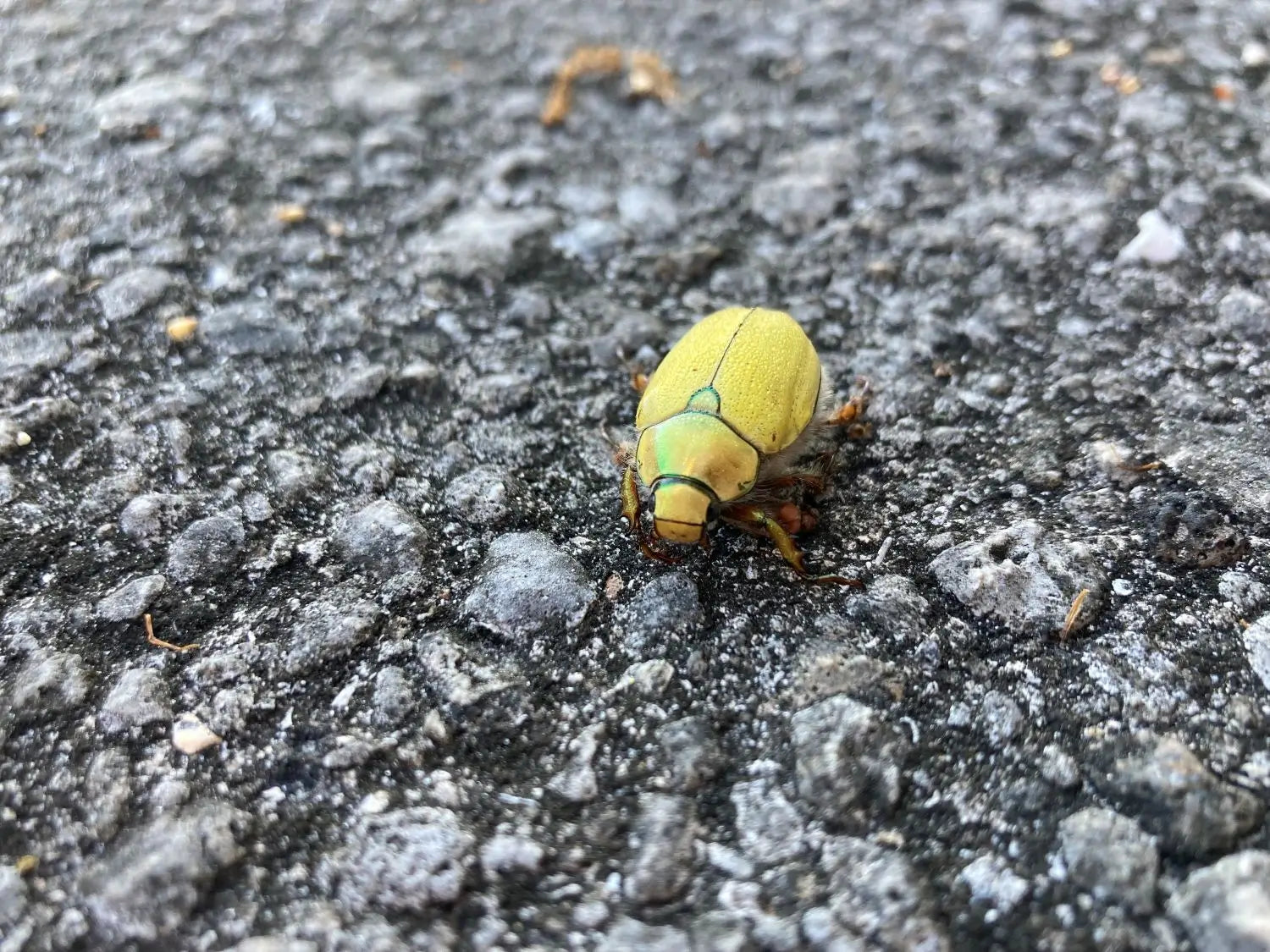
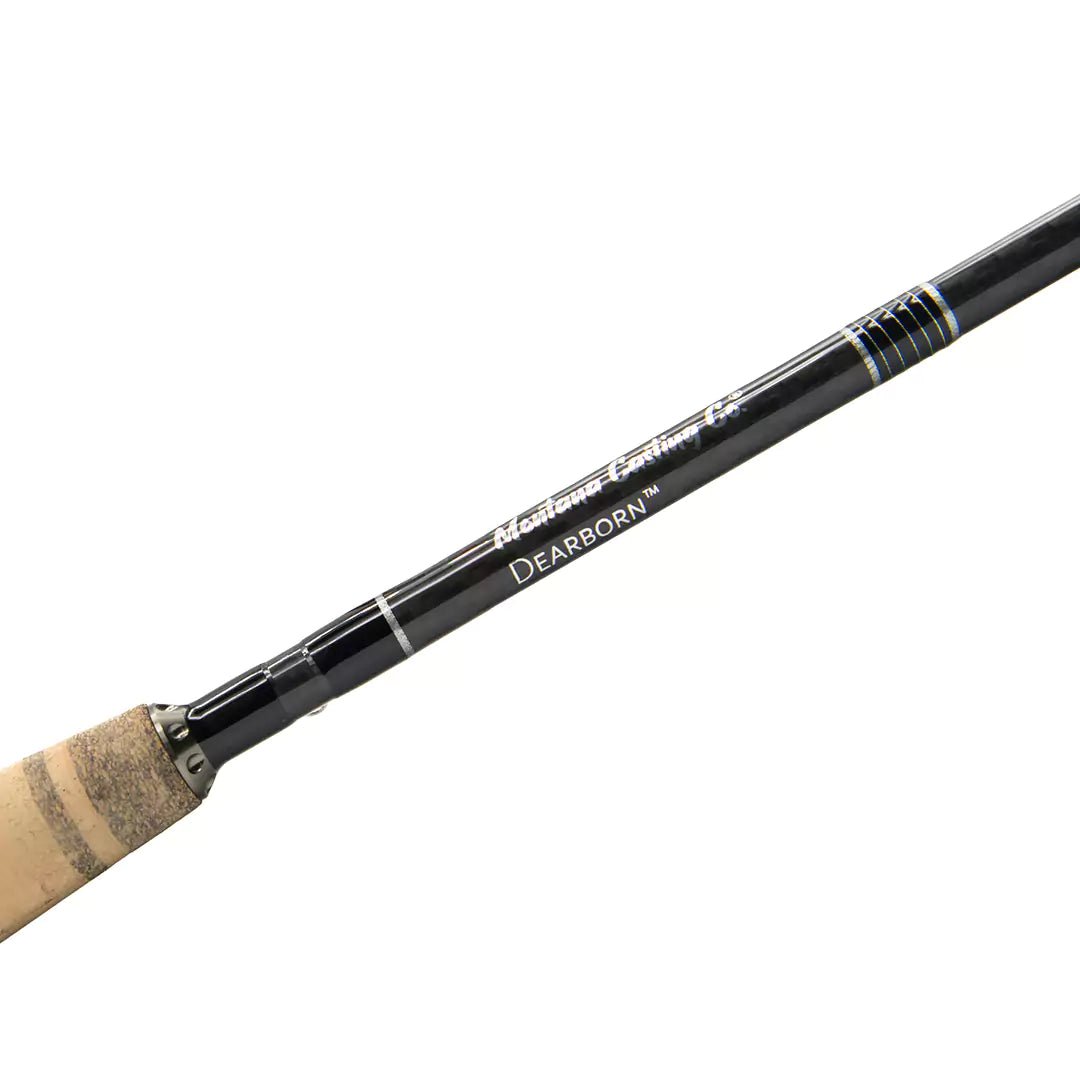
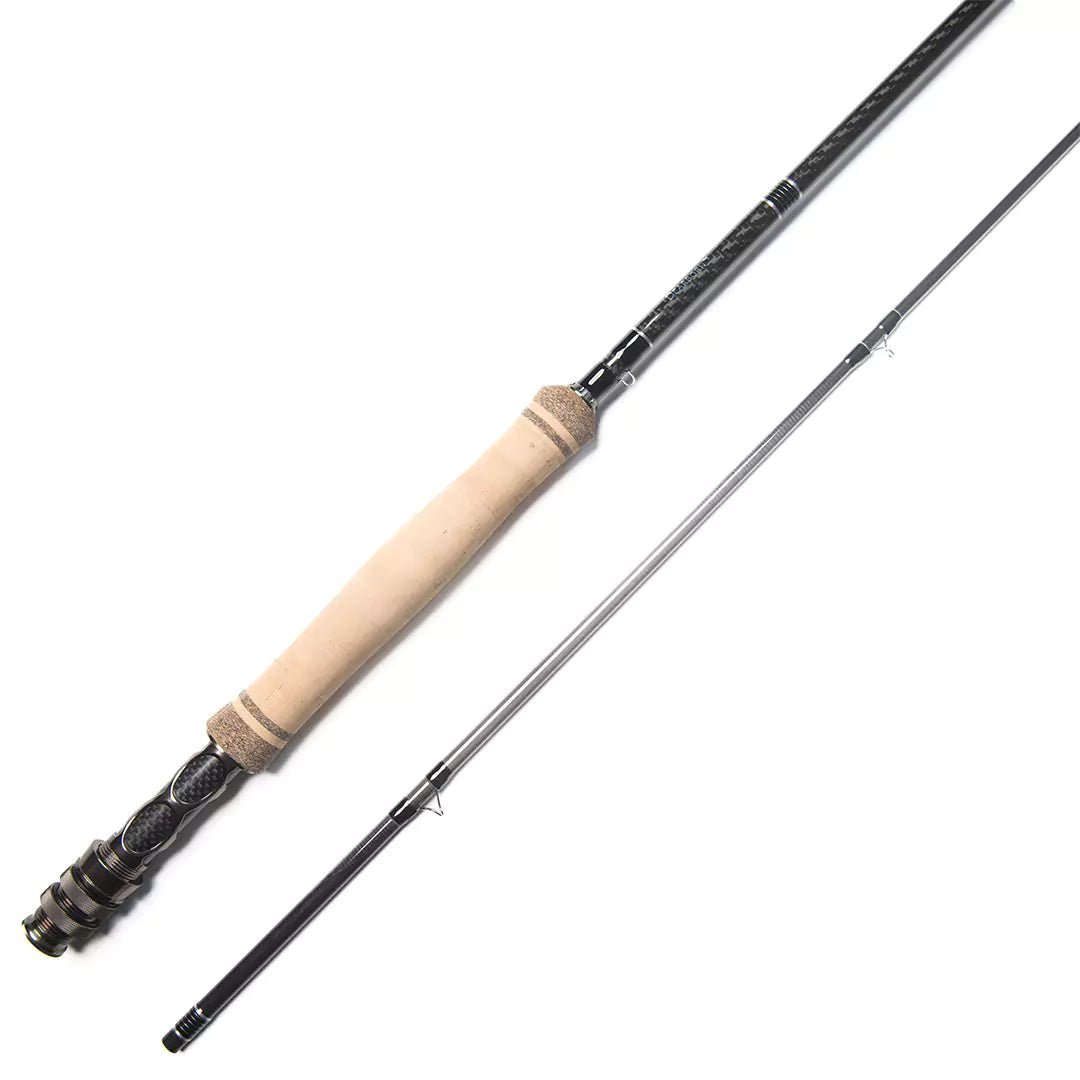
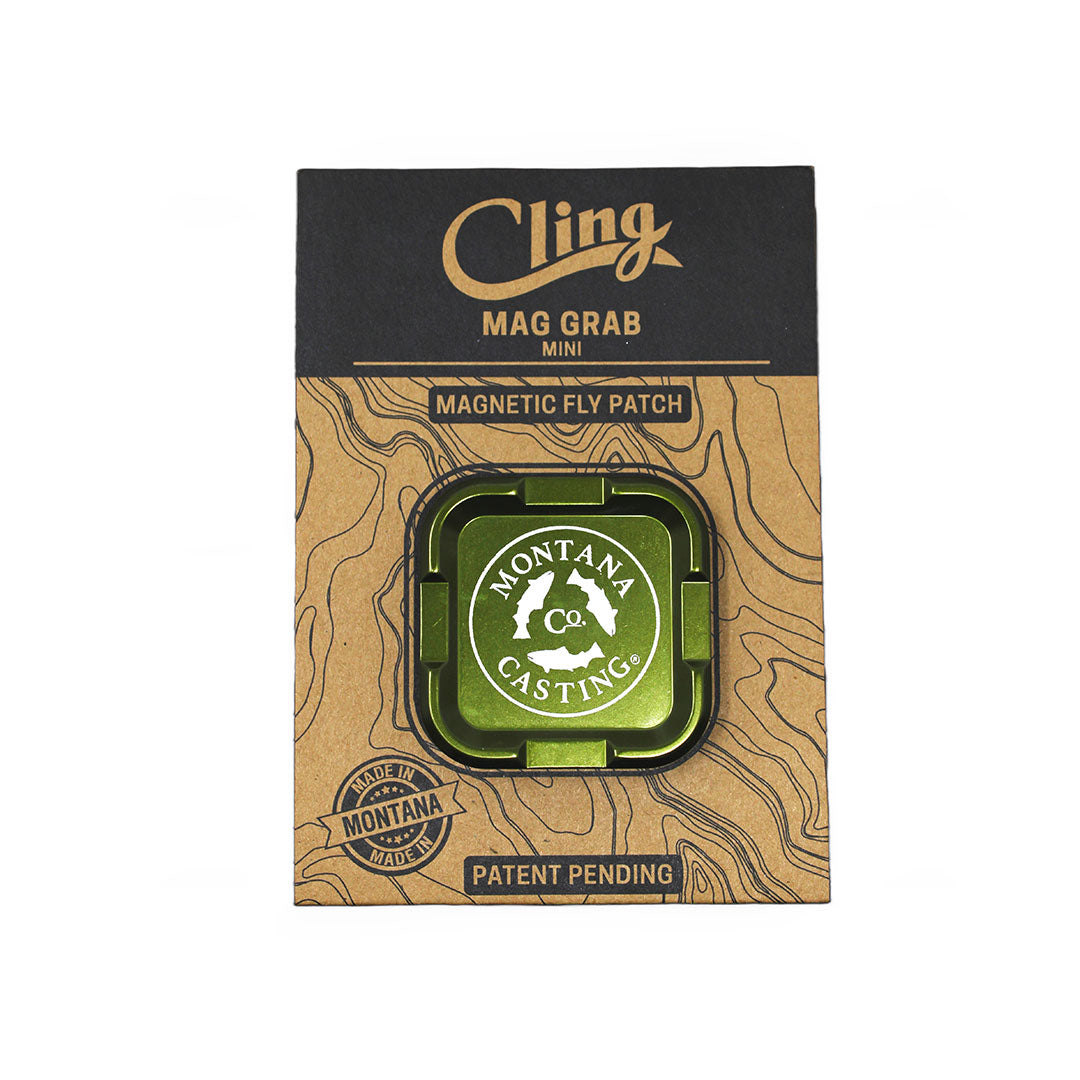
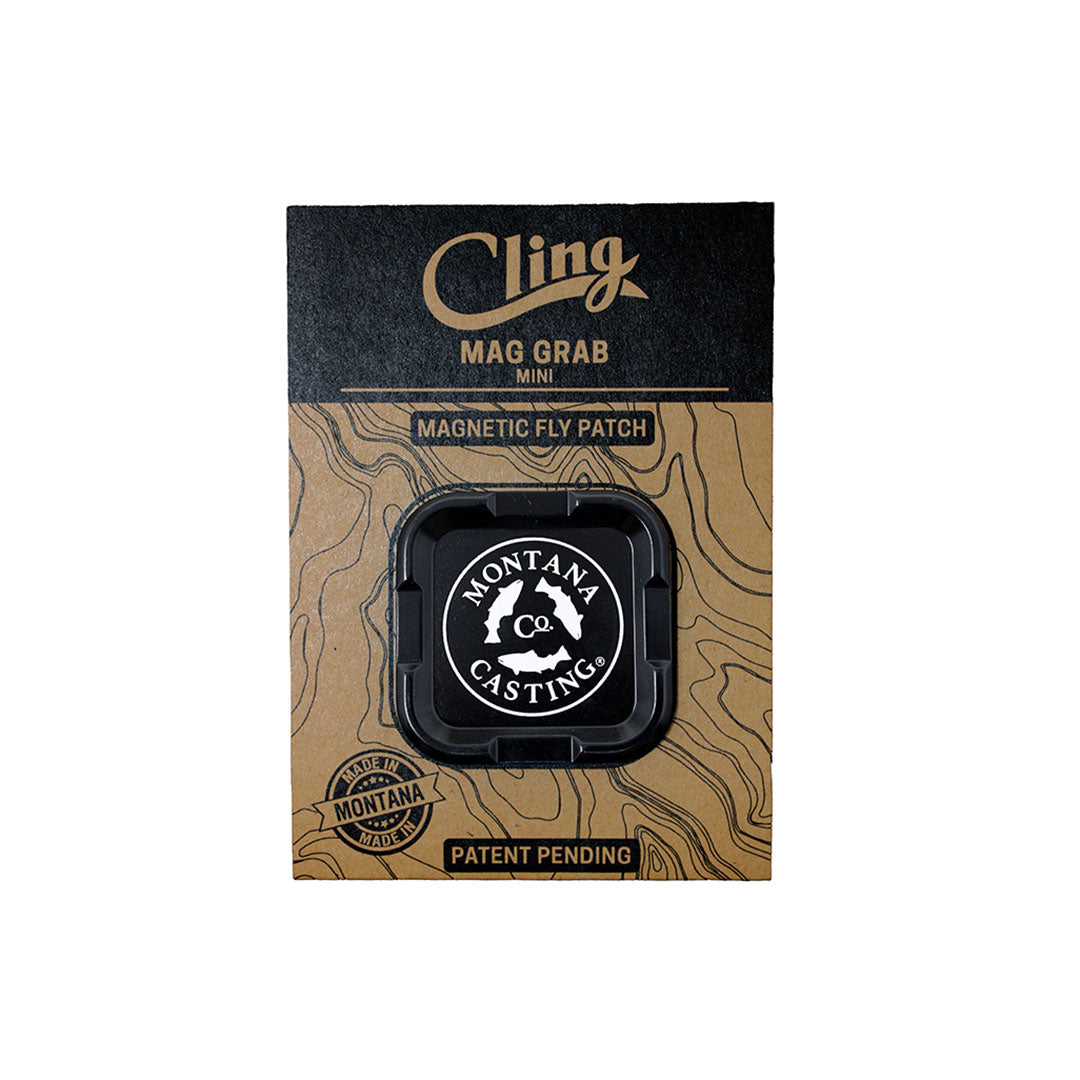
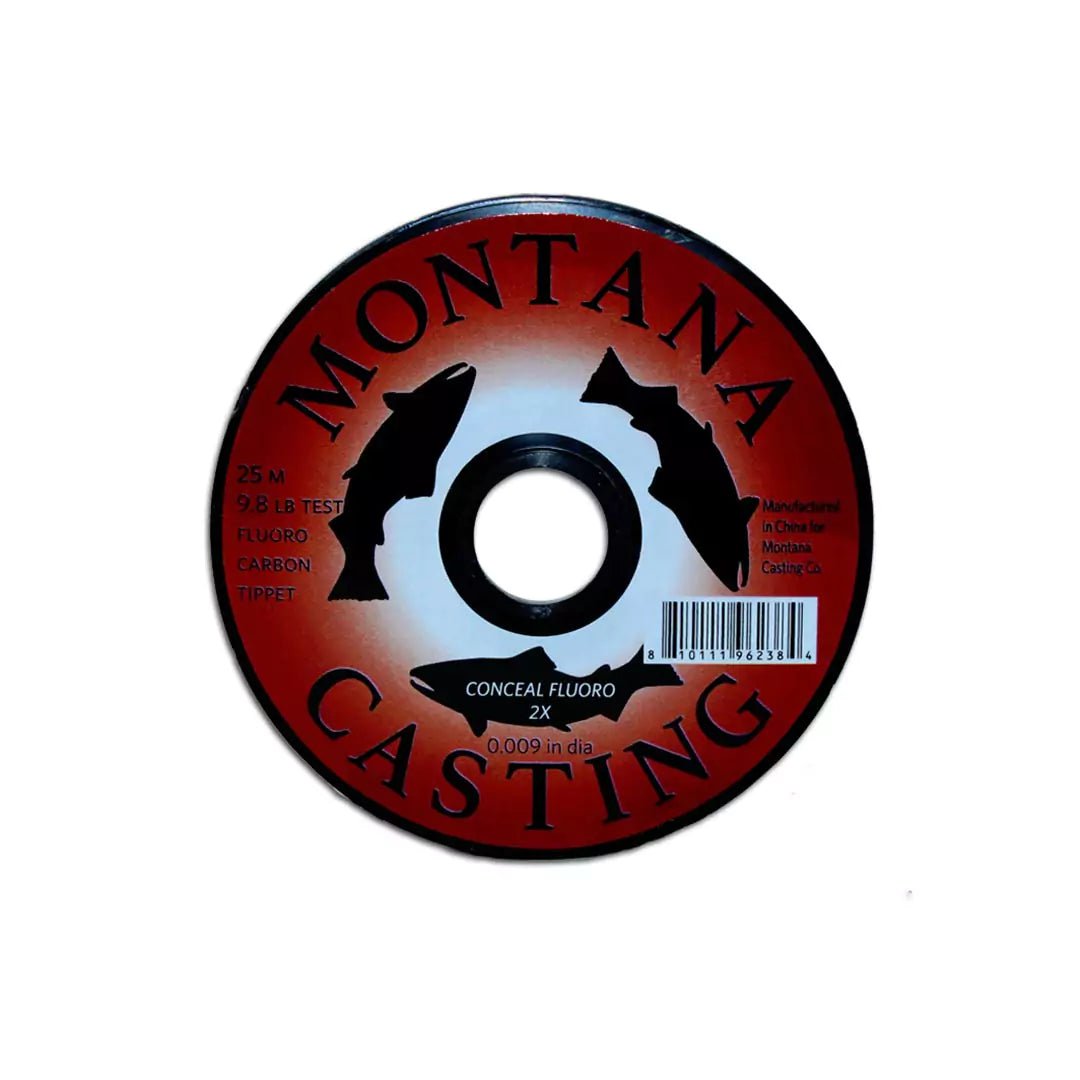
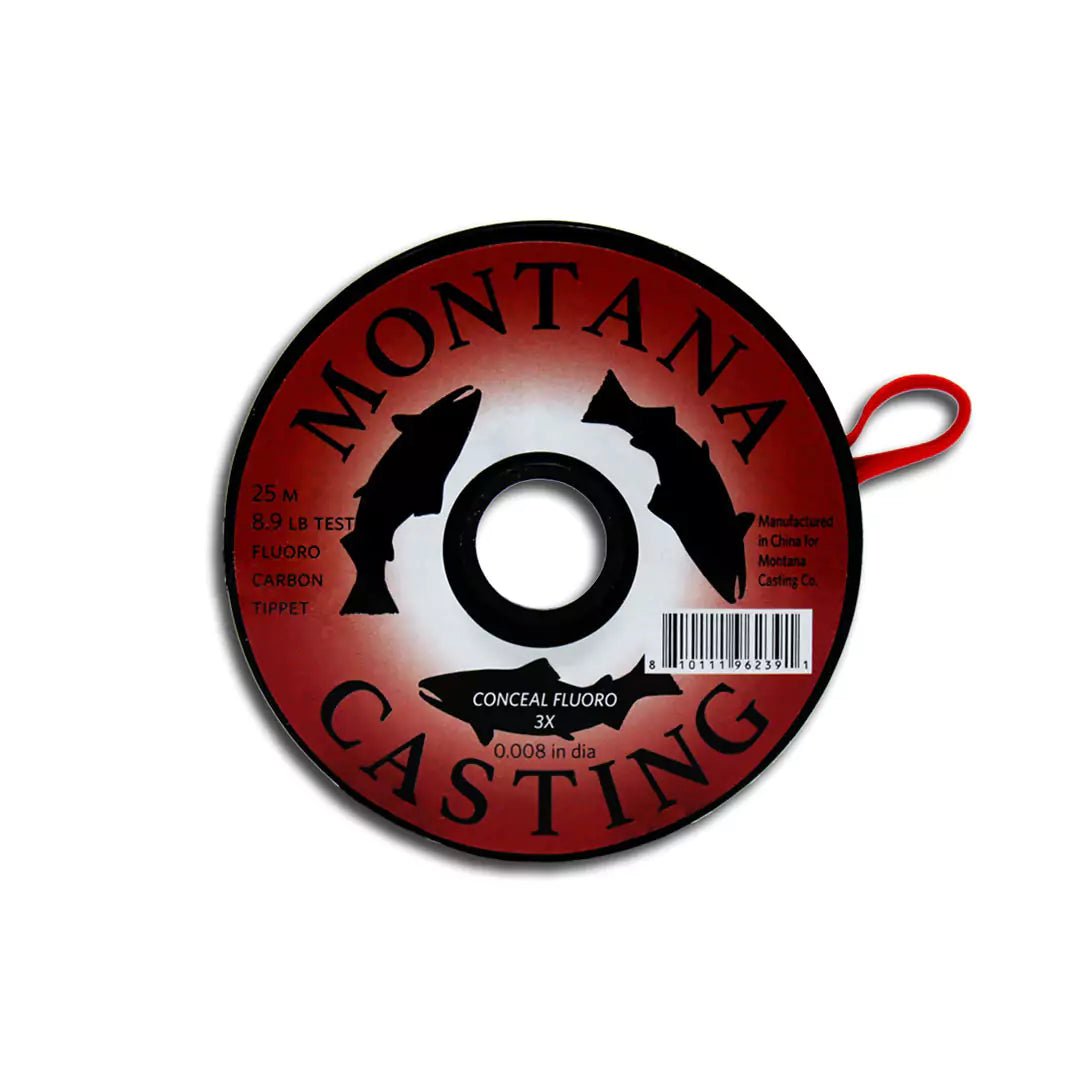
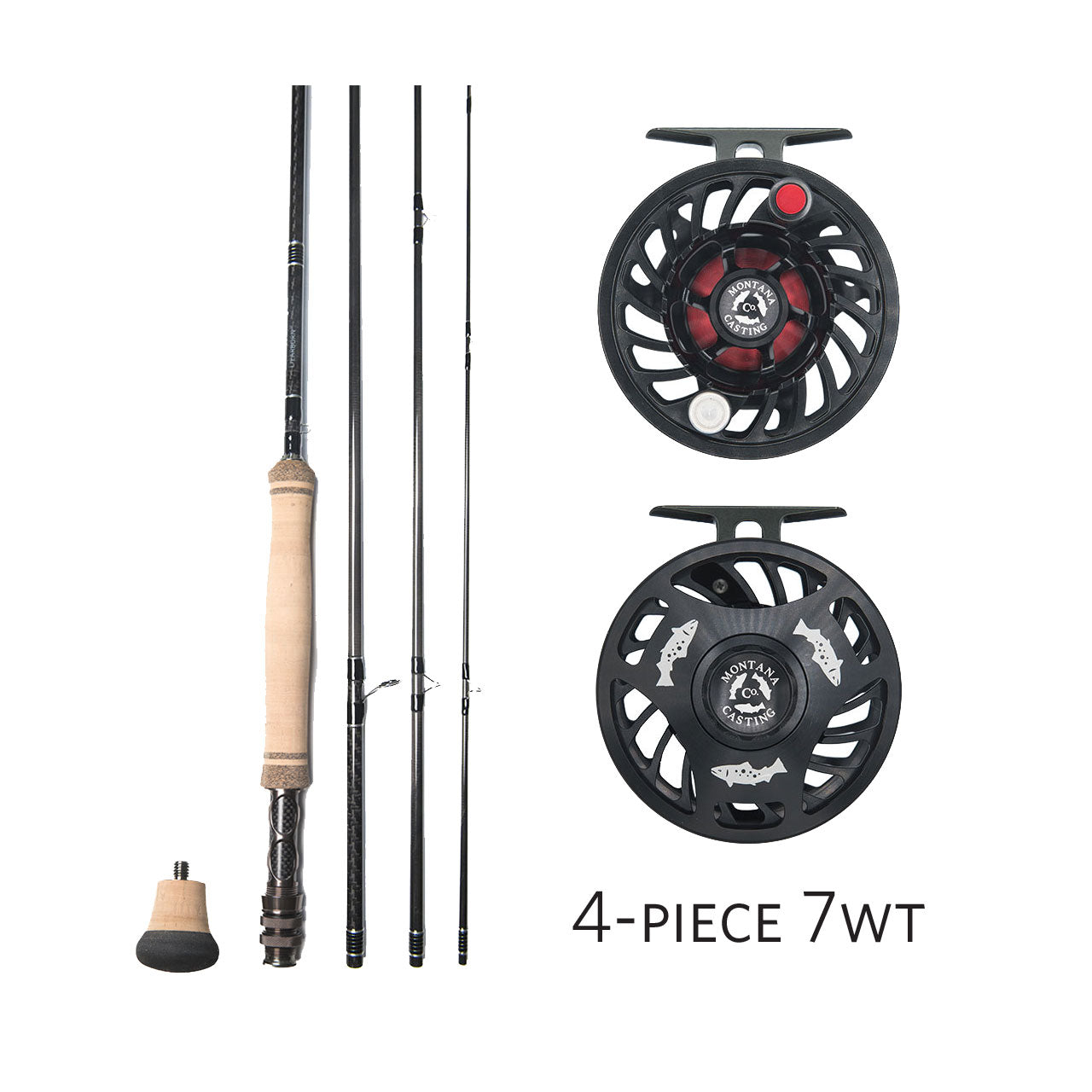
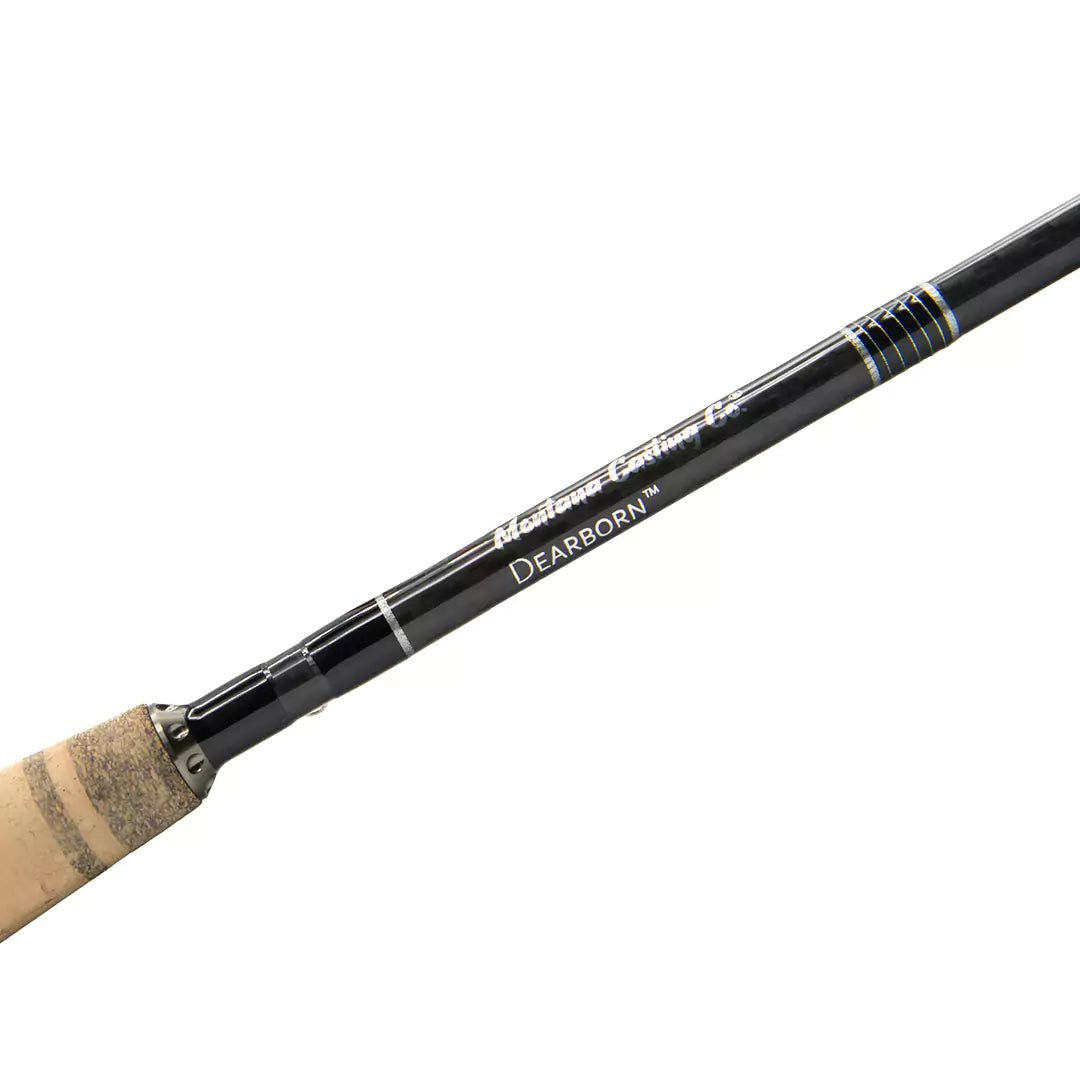
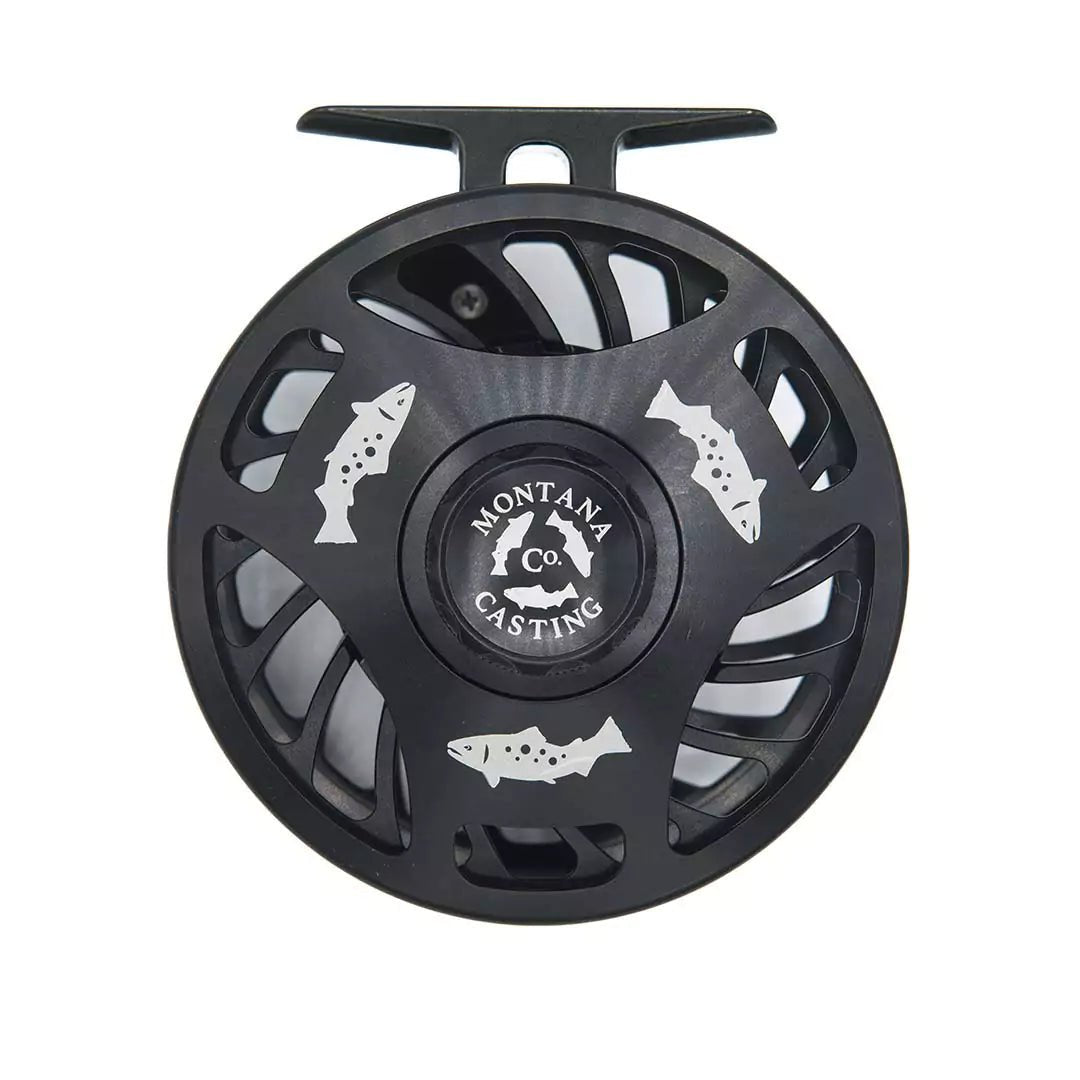
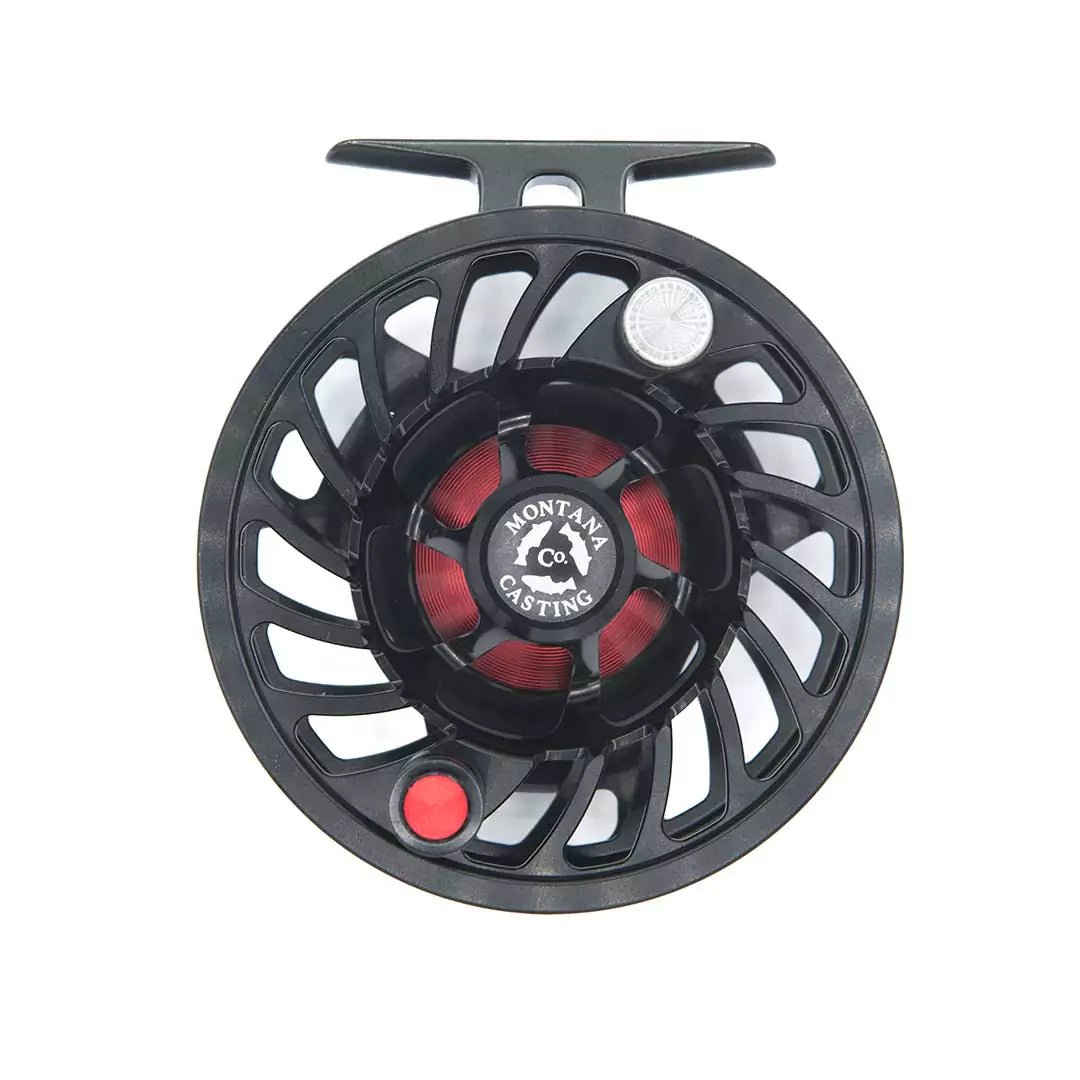
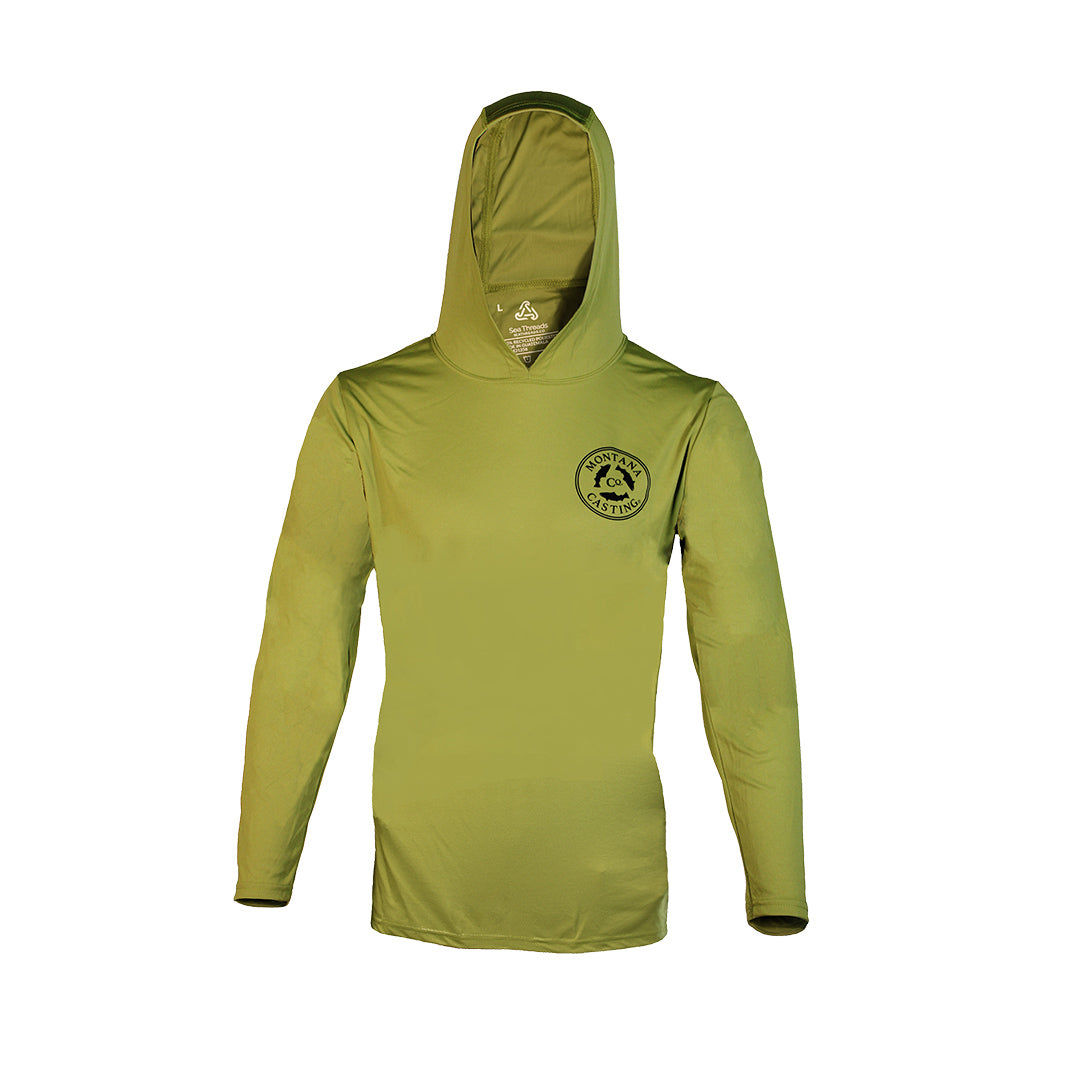
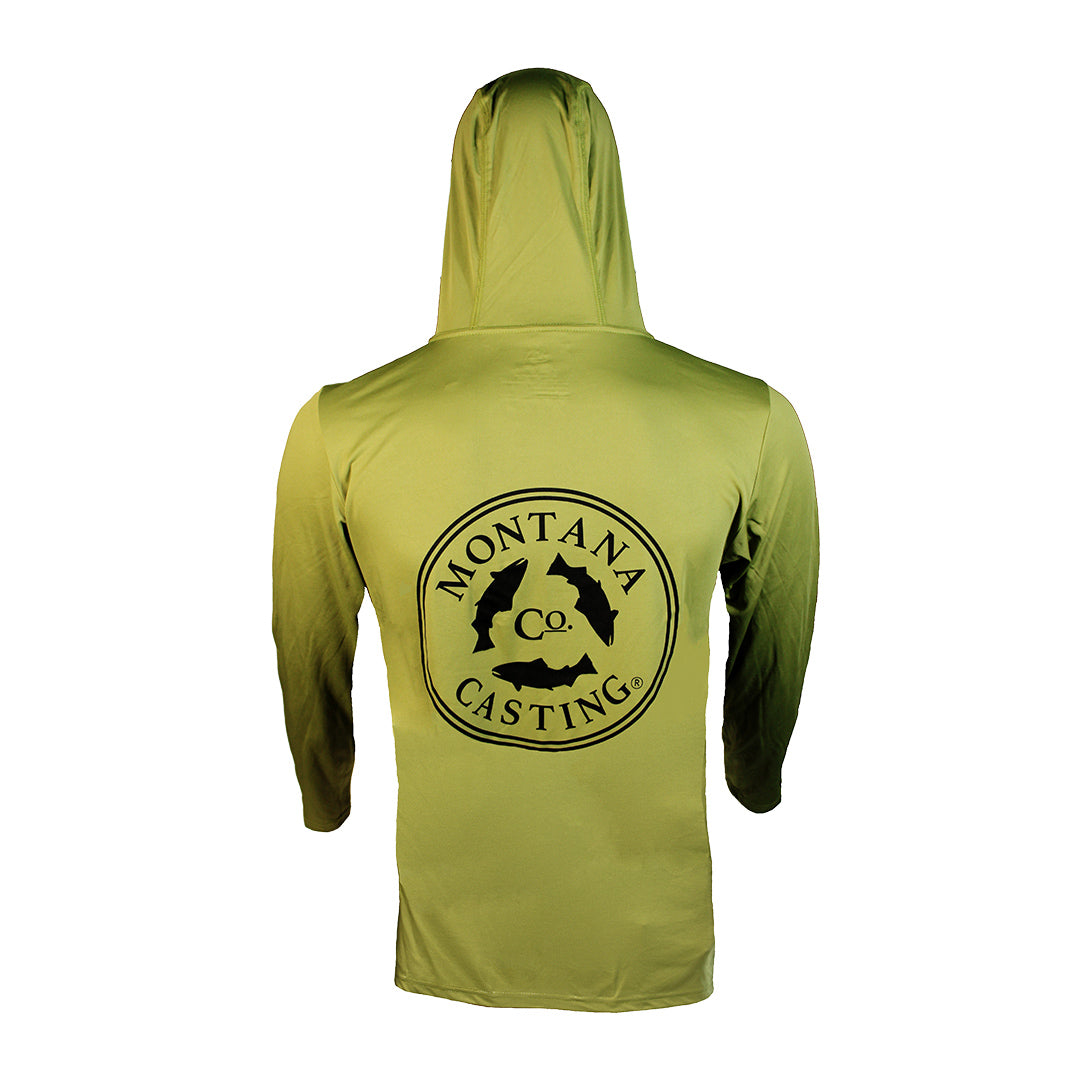
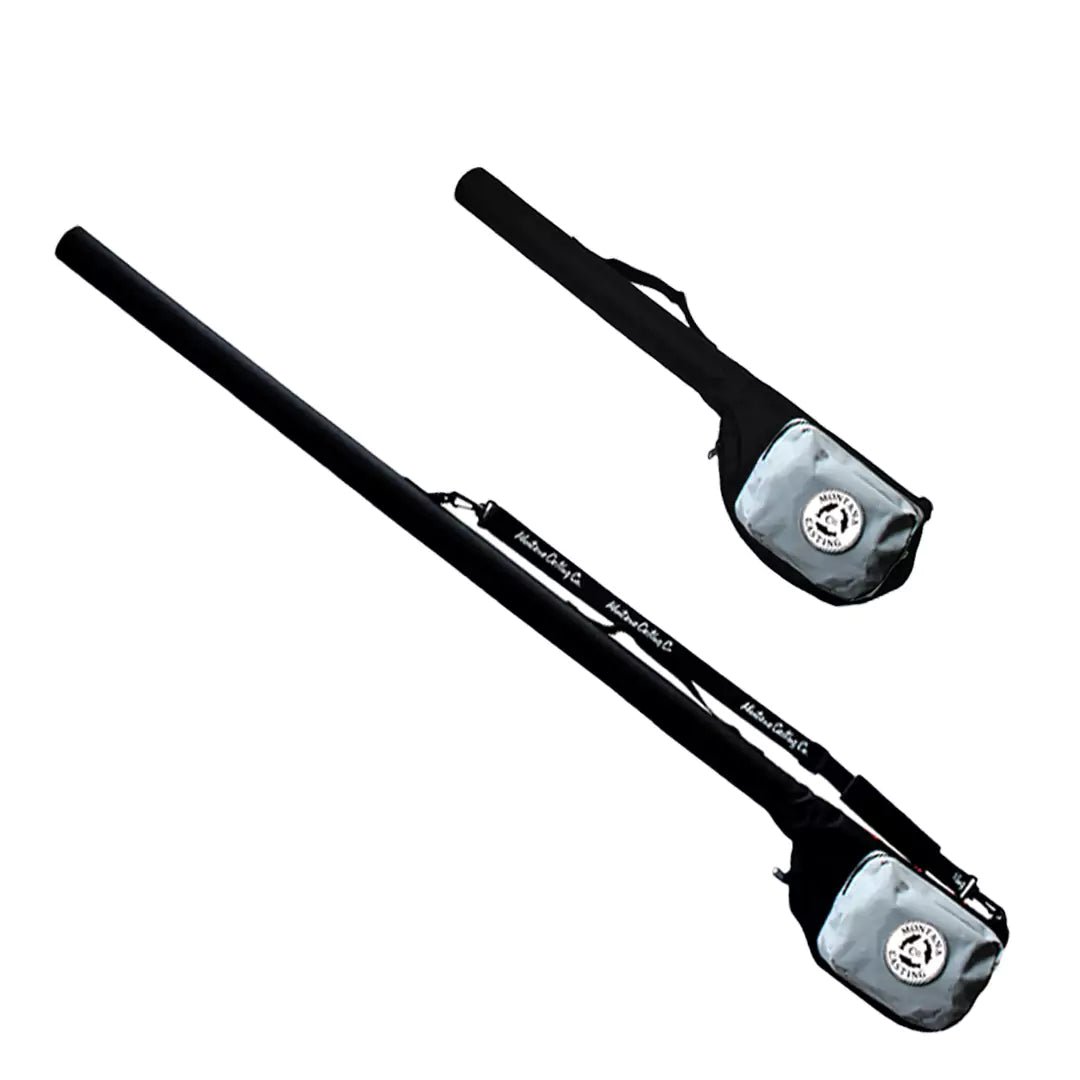
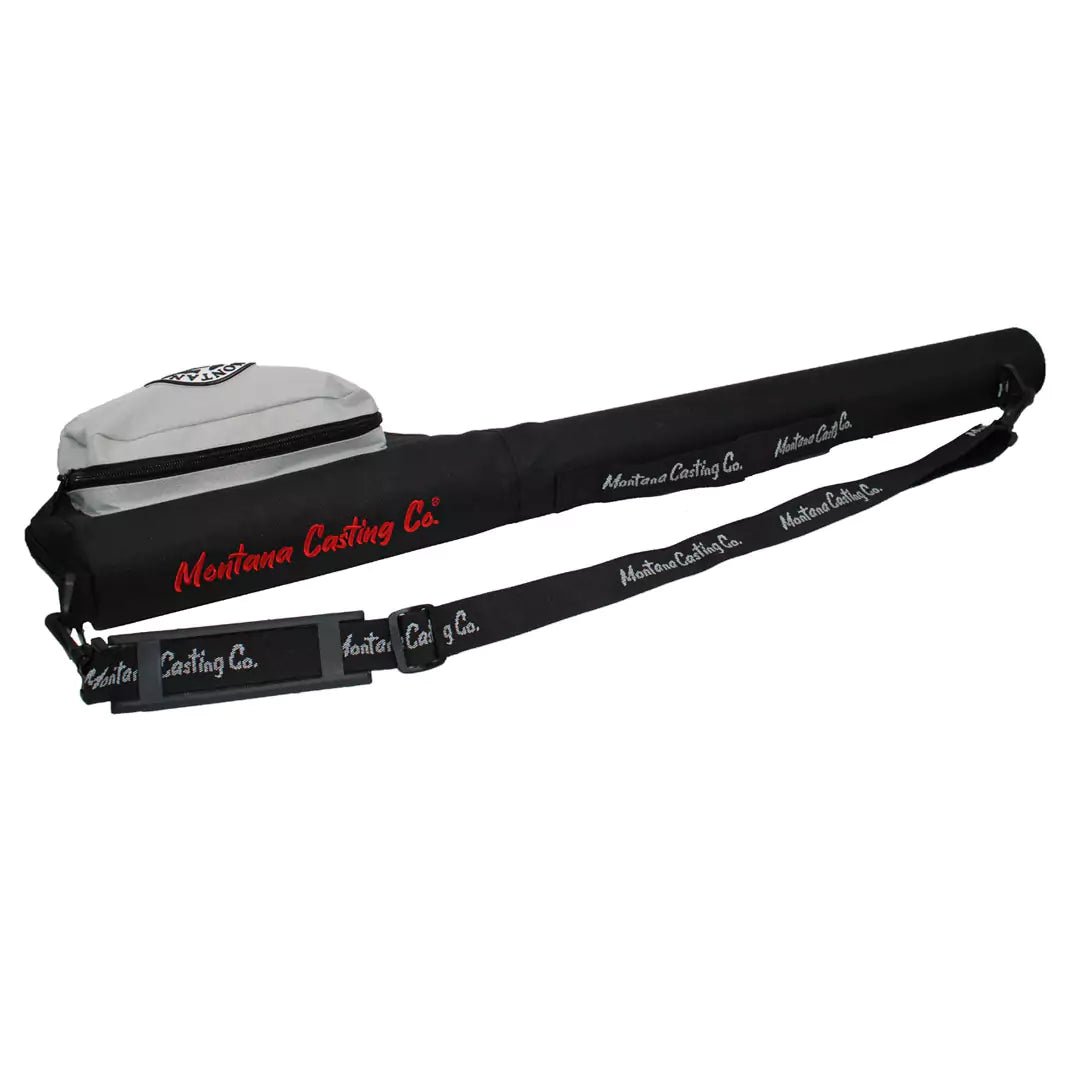
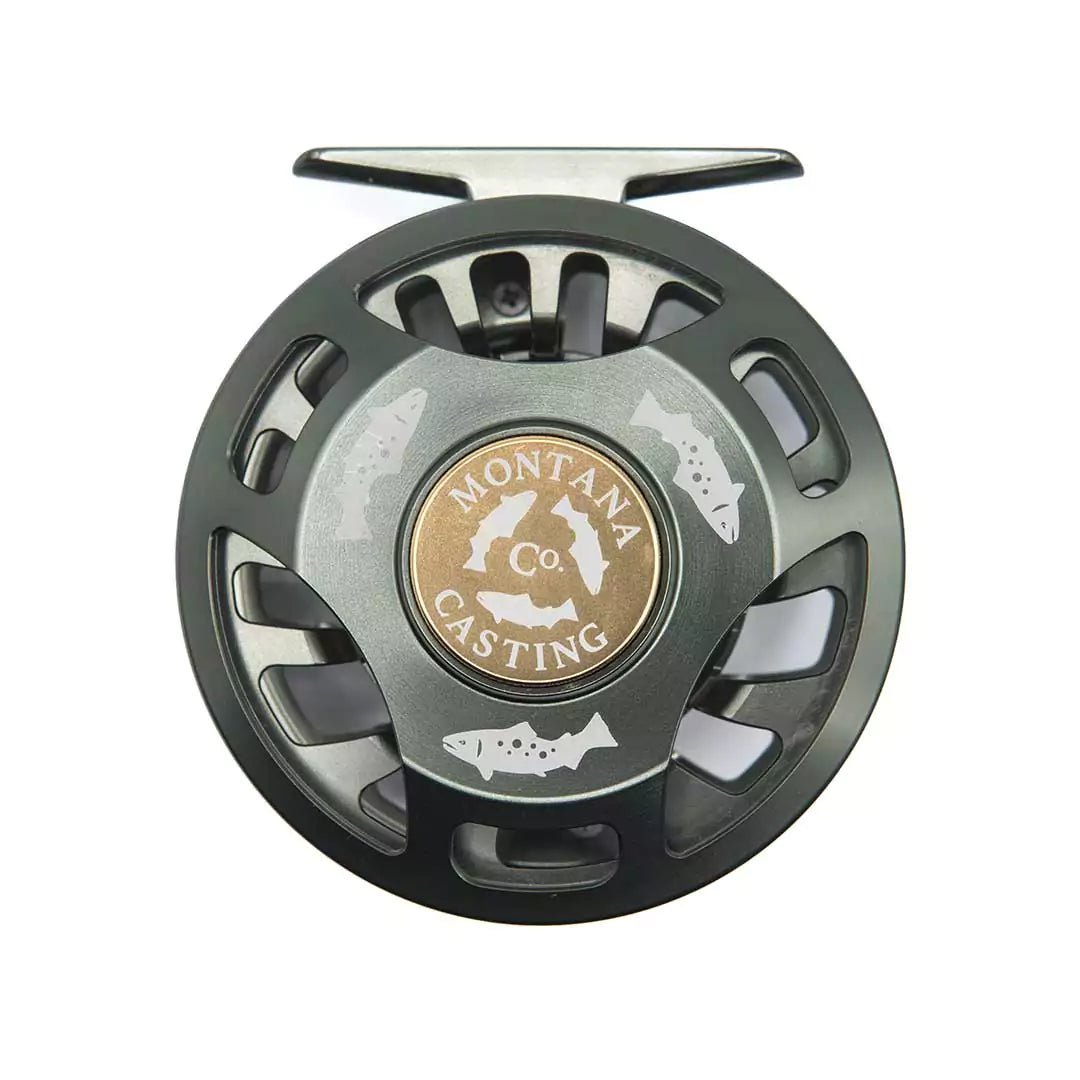
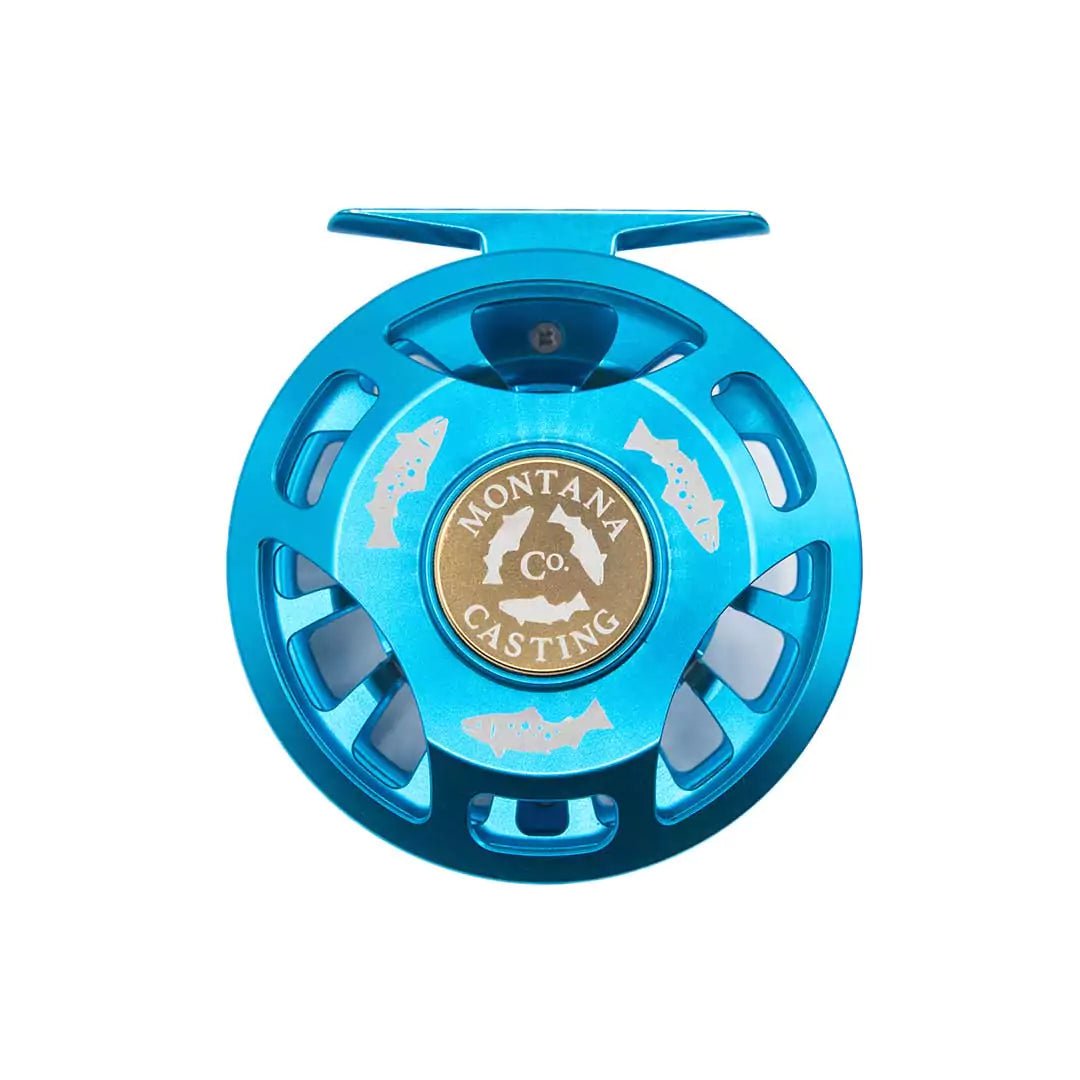
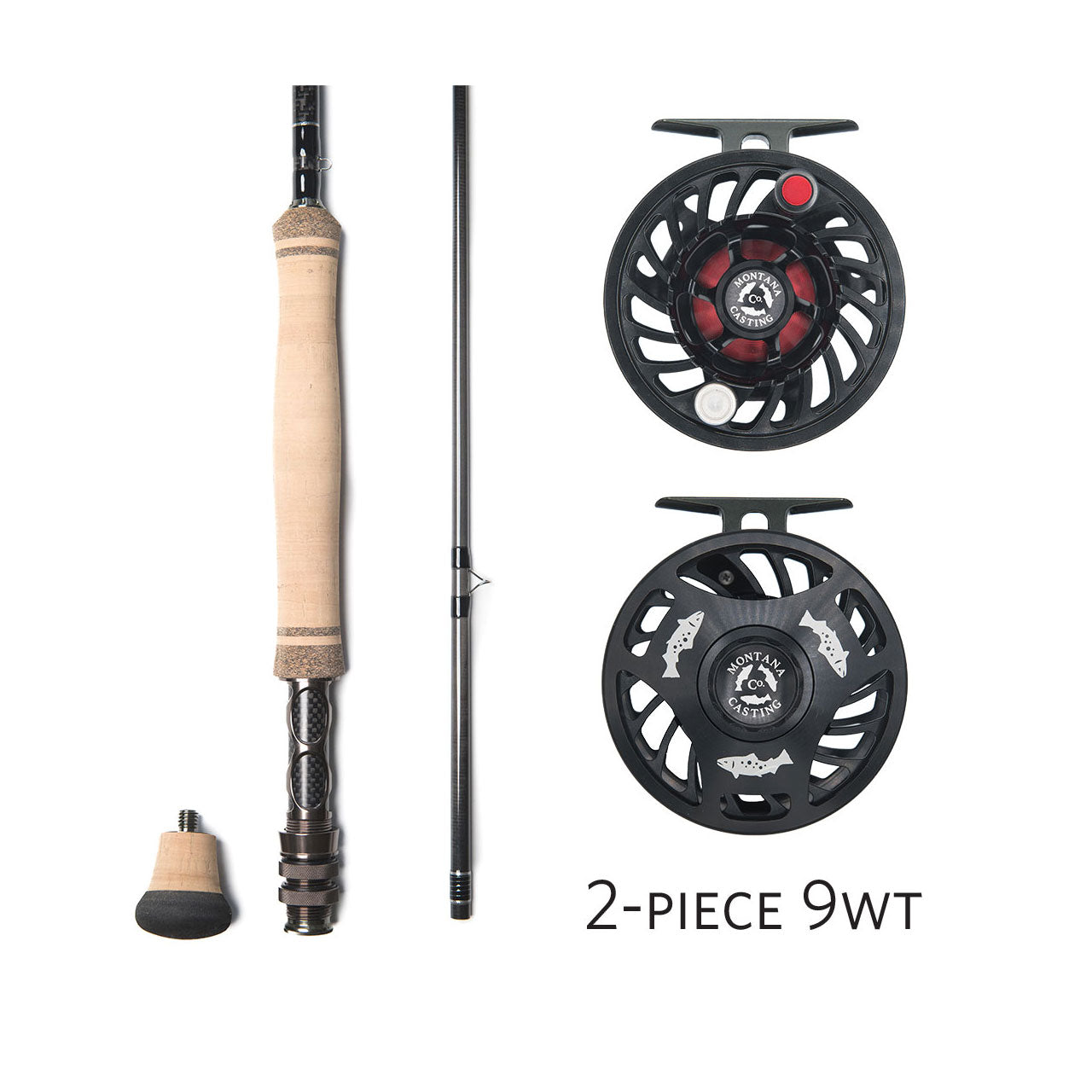
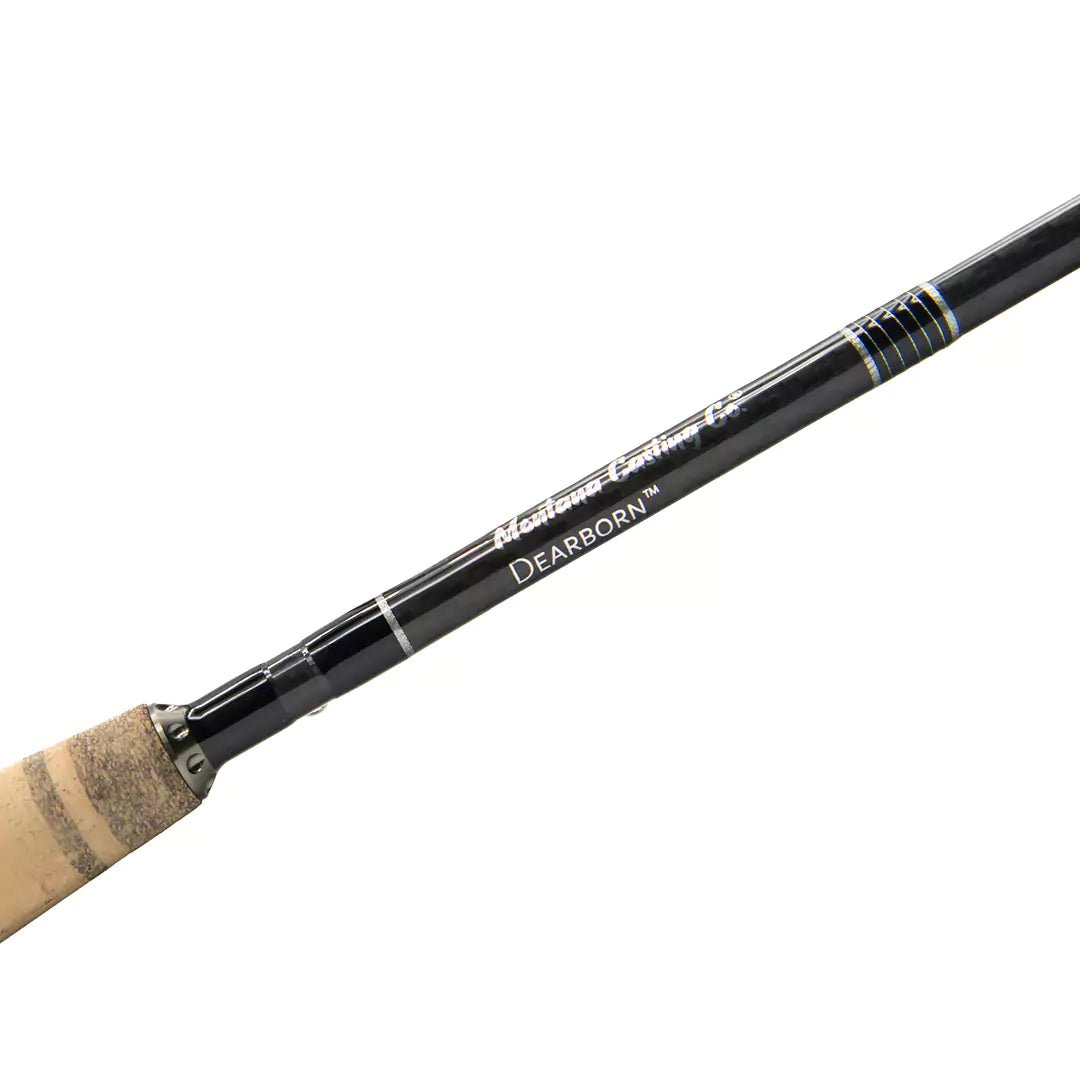
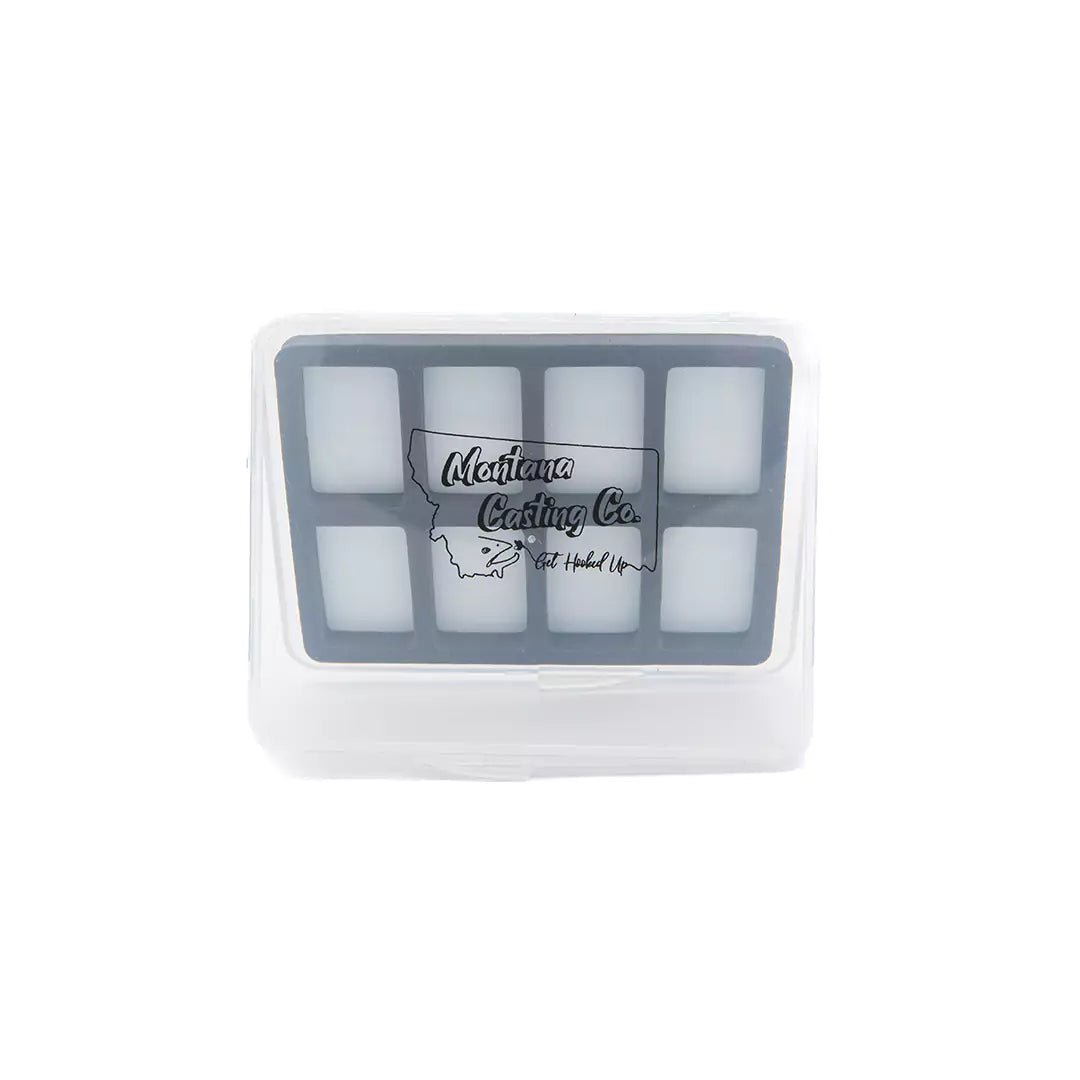
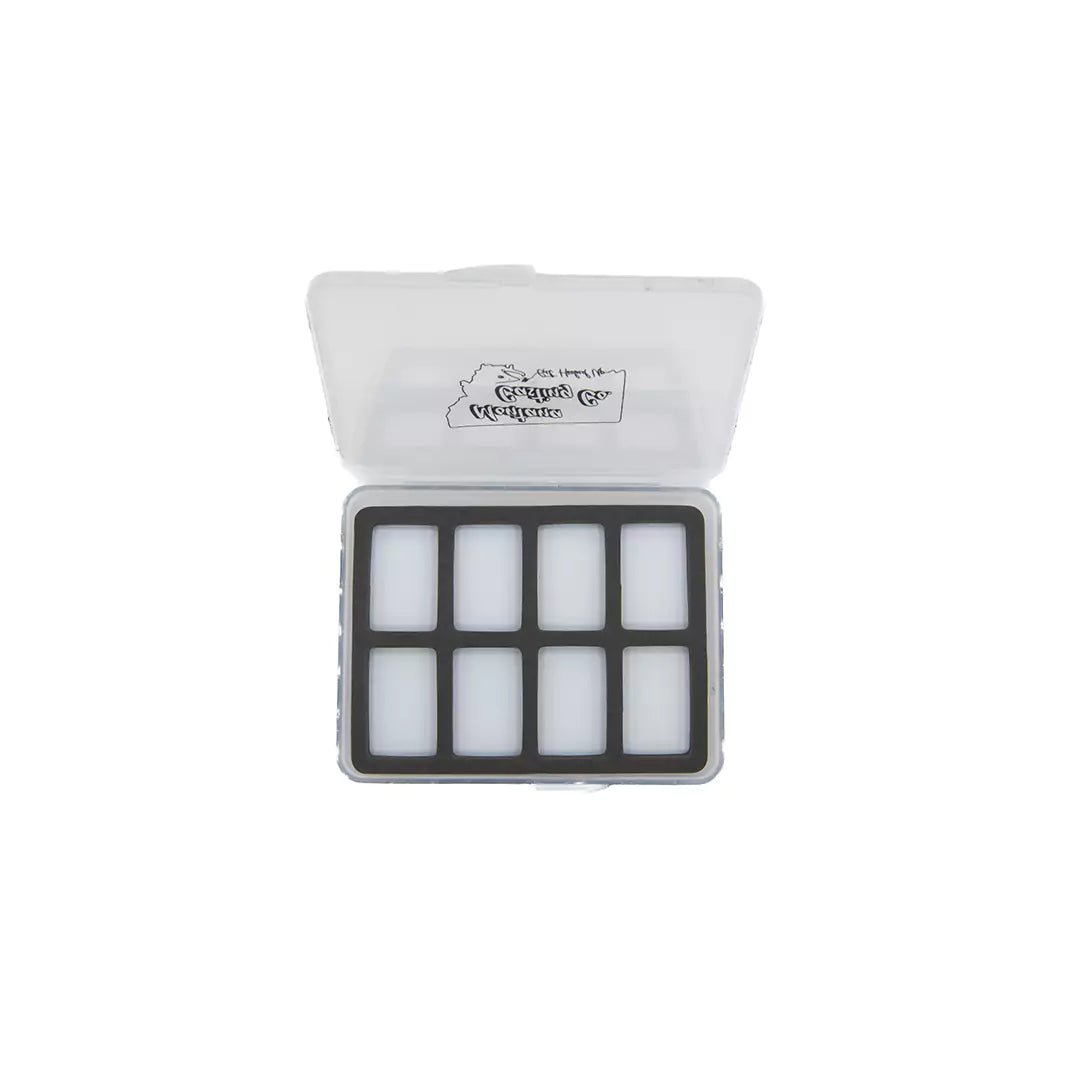
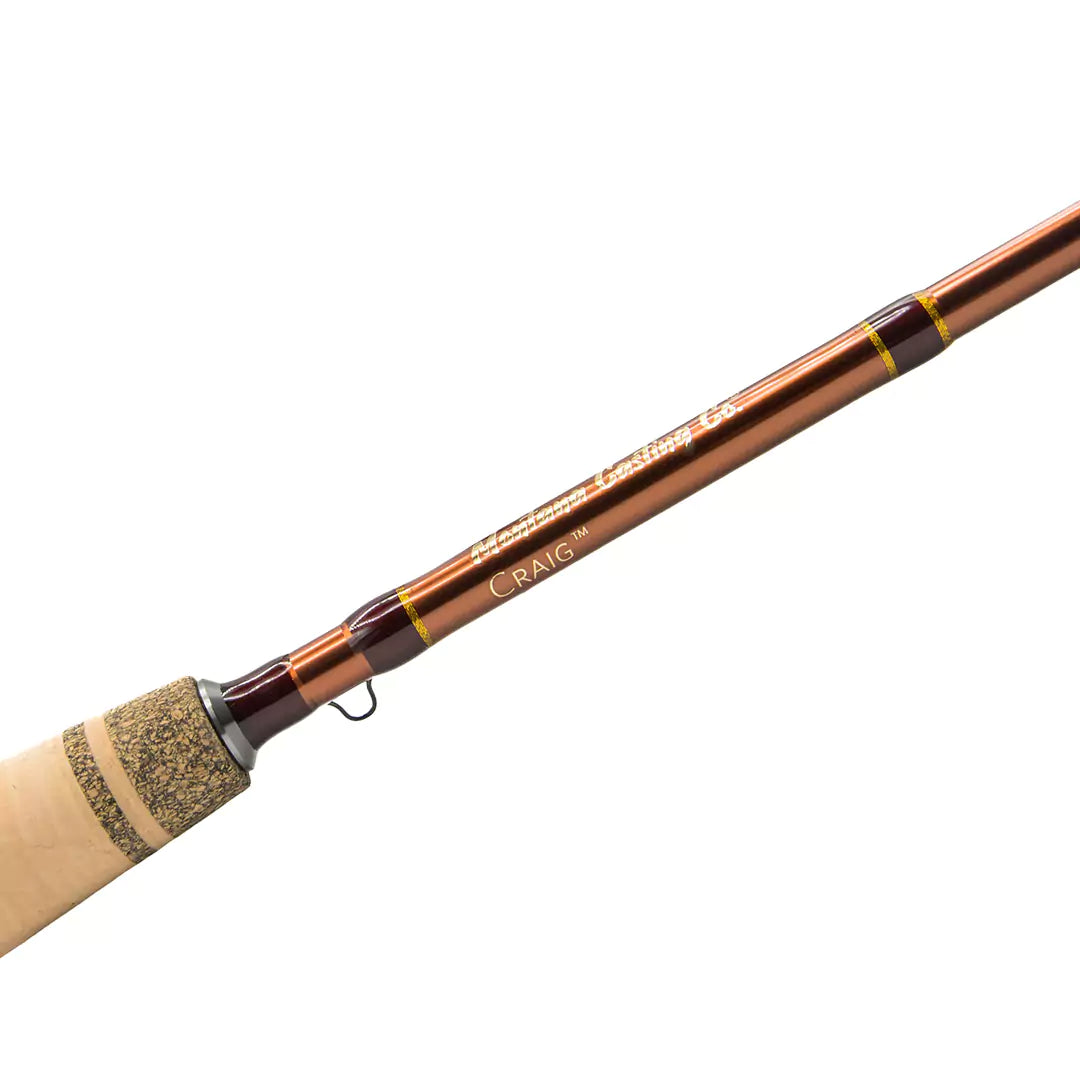
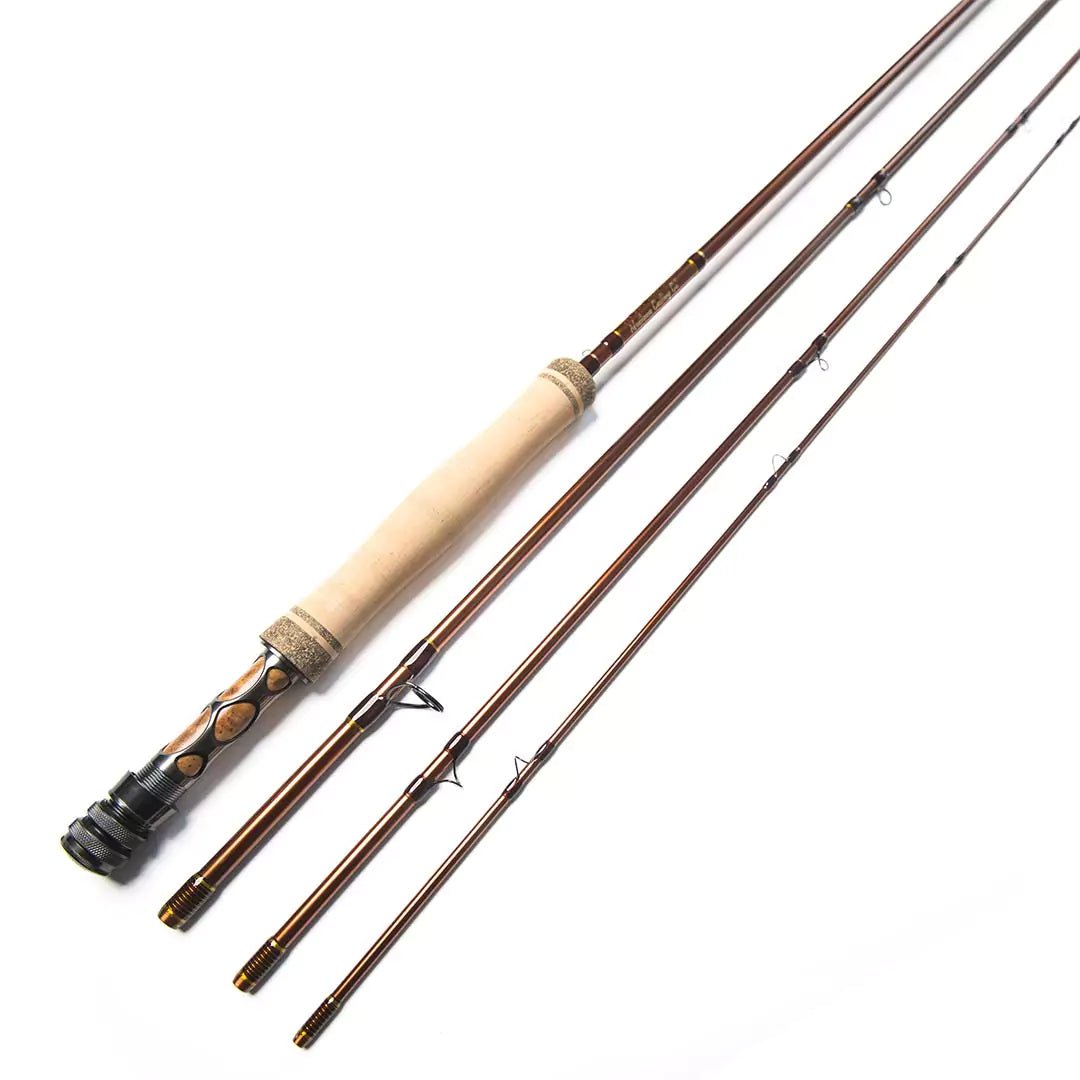
0 comments